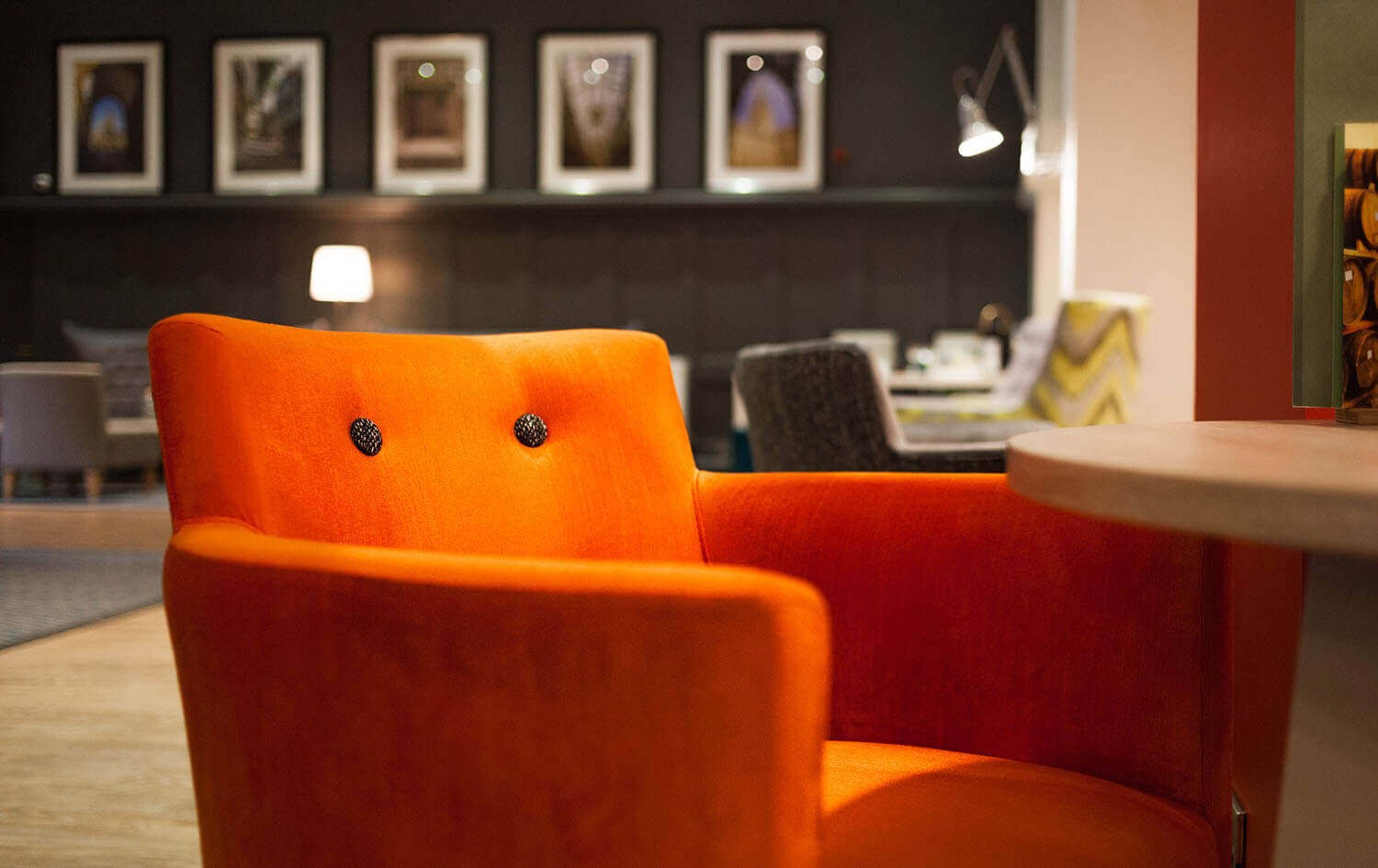
The Attributes of Quality Furniture for Hospitality
The Attributes of Quality Furniture for Hospitality
When buying hospitality furniture, owners and managers should ask questions, read the manufacturer’s tags and consider the form and function. Hotel and restaurant furniture must be functional and aesthetically designed to match the interior design. The appearance is as important as its structural strength. There are some underlying considerations, such as materials, workmanship, surfaces and finish, by which it is possible to assess the quality of hospitality furniture.
Purchase
Purchasers of hotel furniture should require a written specification that indicates the minimum levels of performance and safety needed to comply with all regulations and minimize product use. Before signing the contract, hotel furniture buyers should also ensure that their product specification complies with all local or national fire regulations. It may be necessary to consult the facility operator because he is ultimately responsible for fire safety. Buyers should look for evidence that the products offered and delivered meet the relevant requirements. In this case, test reports can help.
Upholstered furniture
Upholstered furniture should not be assessed solely based on upholstery because the expensive fabric may cover a not very solid construction. It is worth determining the quality of what lies underneath. To check the quality of the sofa, just push it gently to check if it is stable. Lifting the sofa at one end should not cause vibrations or creak. Heavy frames are usually made of hardwood. Good quality wood should be kiln-dried. To ensure stability, joints should not be nailed, but made of interlocking wooden elements that are double dowelled, glued, screwed and reinforced with corner blocks. Visible glue drippings, knotted lumber and legs attached to the bottom of a frame rather than part of its structure indicate inferior quality. The quality of workmanship can be assessed based on general upholstery tailoring. Welts and seams should be even, skirts lined, pleats regular and straight, stitching unbroken. Patterns should be well matched. The deck under pillows should not be visible. After removing the pillows, the material of the boards should be consistent with visible upholstery. Contract furniture is defined as more cost-effective for businesses and manufactured with added strengthening features for use in public environments such as hotels and restaurants. Contract furniture is not only glued but also screwed and dowelled at all the critical joints. This combination makes them much more durable and stable. Contract furniture also meets the requirements of environmental standards.
Wooden furniture
Wooden furniture is easier to check inside and outside than upholstered. Elements such as countertops, shelves and doors, drawers can be easily assessed for ease of use and fit. Wooden furniture should be well sanded and joints tight and strong – using screwed corner blocks and carefully applied glue. Drawers should slide smoothly, fit well into the frames, and have automatic stops as well as side or centre sliding brackets. Drawer and door fittings should be firmly attached, preferably bolted inside. Except for intentional highlights, the finish should be bright to improve, rather than darken, the quality of the wood. Surface defects such as chips, dents, rough edges and scratches can be detected by rubbing the piece with your hand.
Metal Furniture
The parts of metal furniture should be welded into a unitary construction. The welding itself should be inspected for cracks, and in high-quality furniture, the weld is ground down so that it is not visible. The gauge of the metal determines the resiliency and strength of a piece of furniture, a lighter gauge may deform.
